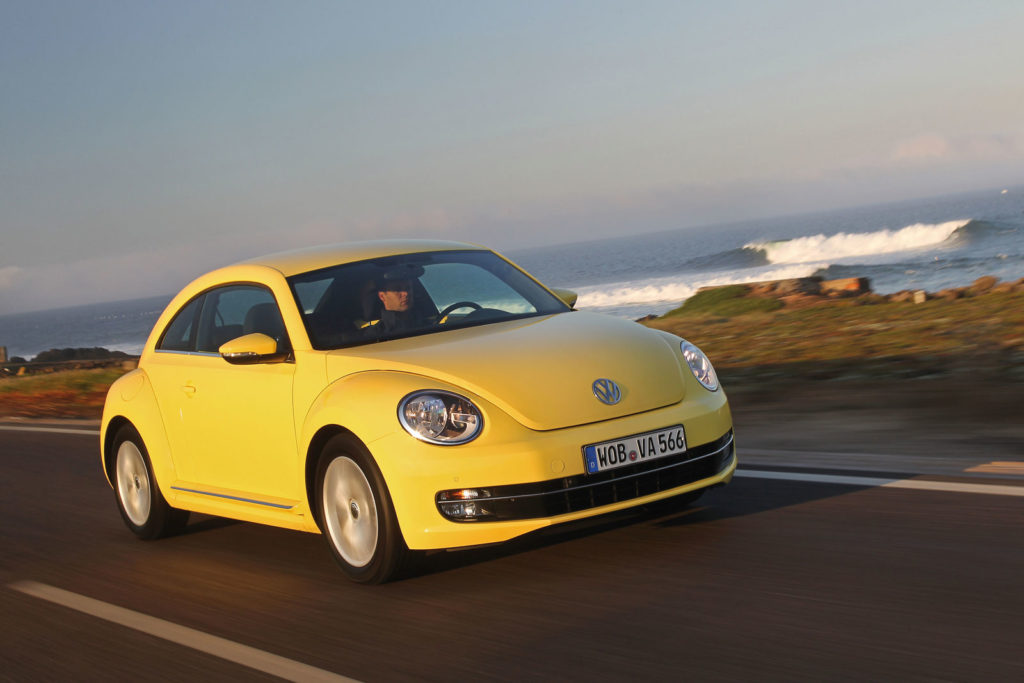Human beings are known to be “rational” or “logical” beings, but that is not the case when it comes to marketing. For many years, brands and marketers have used marketing tactics to pull their target audiences by the heartstrings by creating sappy and sentimental pieces of advertisement and product re-introductions.
What better way to evoke strong emotions than letting them reminisce about the simple and stress-free life they experienced before through nostalgic interpretations? This strategy is called Nostalgia Marketing, and it’s not going away anytime soon.
What is Nostalgia Marketing?
Nostalgia marketing incorporates familiar elements, ideas, or events before conducting successful marketing campaigns. It creates a relationship between consumers and brands through associations.
Nostalgia is defined as the longing for the past, especially for people, places, and periods with favorable associations. This human aspect of yearning is incorporated into Nostalgia Marketing—a marketing strategy used to associate the target audience’s positive emotions about the previous decades with a product or service to boost sales
Studies in the Journal of Consumer Research (JCR) showed that consumers prefer brands that provide a nostalgic feeling. However, this strategy must not be overdone because another study by JCR says that consumer patience diminishes when these nostalgic experiences feel forced or repeated.
Timing is essential in nostalgia marketing and must be crafted thoroughly to succeed.

What Makes Nostalgia Marketing So Effective?
Nostalgia stirs powerful emotions
People remember by association. While remembering the past is a personal experience, cultural symbols can trigger a mutual feeling in a niche population. It can be as simple as old logos, music, or even an overall look of a commercial to give audiences an overall sentimental impression of the brand.
Psychological benefits of nostalgia
Clay Routledge, a psychology professor, and author, says, “I believe many are turning to nostalgia, even if they do not consciously realize it, as a stabilizing force and a way to keep in mind what they cherish most.”
During the pandemic, people turned to nostalgia for comfort in the ongoing uncertainty. People streamed their favorite old shows and music and resurfaced old games and fashion inspirations from previous decades.
Nostalgia helps people of all ages deal with their life transitions
Nostalgia is not limited to those who are older. Even younger generations can feel nostalgic with a term they call anemonia or fauxtalgia, which means feeling a sense of nostalgia for things that were never lived. This explains why younger generations are fond of the 60s music with influences of The Beatles, The Beach Boys, and other musical artists of the swinging sixties.
Calls to mind shared experiences
Relatability never fails to deliver positive stories. People are instinctively drawn to worlds or references that are familiar to them. One of the best examples is the millennial meme and slogan, “Only ‘90s kids will understand.” These memes are a hit for a reason because it contains sets of elements that hit the childhood memories of a millennial audience.
Nostalgia marketing comes across as authentic
Unlike other marketing tactics, nostalgia marketing campaigns come across as authentic, and 67% of Gen Zs value authenticity.
Social media created a culture of authentic self-expression and identity-making. A 2021 study shows that social media plays a pivotal role in nostalgia marketing by creating identities and “brandings” from nostalgic brands. Media channels like Instagram and Tiktok allow consumers to become a part of the brand community, from passive audiences to active contributors, as they share content, experiences, and common memories.
Nostalgia Marketing Statistics
Nostalgic Thinking
Nostalgia is a universal experience, and 9 out of 10 people admit to thinking about the past positively at least sometimes, and almost half claim to do this often. No doubt, nostalgia marketing won’t be going away anytime soon as long as it successfully appeals to consumers’ sentimental pasts.
Millennials and Gen Z
Nostalgia marketing is almost always targeted to younger generations like Millennials and Gen Z. These generations make a lucrative audience because of their spending power. Millennials spend around $2.5 trillion; while Gen Zs, which make up 40% of the global population, spend up to $360 billion.
According to Mintel, consumers aged 25-44 also said they enjoy things that remind them of their past.
Pandemic Media Consumption
The uncertainty of the lockdown made people rewatch and relisten to old TV shows and music for comfort. 54% of television viewers rewatched episodes of an old favorite TV show while 55% listened to music they used to love but haven’t listened to in a while—according to a Nielsen study.
The Lion King Remake
The beloved 1994 Disney classic grossed $1.6 billion after its worldwide premiere in 2019.
Steve from Blue’s Clues’ 2021 Twitter Video
Steve Burns, the host of Blue’s Clues broke the internet after releasing a video on Twitter explaining why he let the show. The video had 20 Million views in just 24 hours, and some even called it the “closure” they never thought they needed.
Friends: The Reunion
Decades after the last episode of the witty sitcom in 2004, the show still managed to maintain its charm by garnering 5.3 million views in UK and 2 million views in the US. While there is no available data about its worldwide views, The Reunion sure was a huge success.
Examples of Nostalgia Marketing
Volkswagen “The New Beetle”
The “New Beetle” redesign, which was based on VW’s Golf, stormed the US market in the late 1990s, selling more than 80,000 in 1999.

Crystal Pepsi by Pepsi
Crystal Pepsi is a clear-colored soft drink variant launched three decades ago. It was not the highest-grossing refreshment among 90s folks. However, it was still a famous Pepsi variant with a niche following and cultural significance at the time. During the drink’s 30th anniversary in 2022, Pepsi launched a nostalgia campaign by offering limited edition stocks of the 90s drink, and everyone wanted a taste of the clear drink.
John Lewis Christmas Ads
John Lewis & Partners is more than just a high-end department store. They also symbolize the beginning of the Christmas season in the UK because of their poignant and heartwarming adverts. Some of their most popular commercials were Unexpected Guest, For All Life’s Moments, and The Long Wait. To those who grew up in the UK, what is Christmas without seeing an annual John Lewis & Partners commercial?
Apple’s Cookie Monster Siri Commercial
Sesame Street became a children’s classic since its first episode in 1969. Kids (and now adults) who watched the show will never fail to recognize the friendly blue monster with a penchant for cookies—Cookie Monster. Apple created a simple campaign for introducing Siri in iPhone 6 as Cookie Monster waits by entertaining himself for 14 minutes before his beloved cookies bake.
Adidas Gazelles
Fashion trends come and go, and Adidas Gazelles are proof of this. In the 1960s, Adidas Gazelles were the first suede performance footwear. It resurfaced in the 90s for the love of vintage fashion and collectors’ must-haves. Twenty years later, these suede shoes are again relevant.

Nintendo Entertainment System (NES)
Nintendo just knows how to market to its nostalgic gamers by releasing a mini version of the 1983 classic NES in 2016. Not only that, but they also created an 8-bit-inspired commercial that is unmistakably reminiscent of the 80s. The console had 30 classic games including Super Mario Bros, BUBBLE BOBBLE, and Castlevania.

How to Create a Nostalgia Marketing Strategy
1. Know what memories your target audience cherishes
A marketer must know their target audience, that’s for sure. But in creating a nostalgia marketing campaign, marketers must dig deeper to uncover their sentimentalities.
Identify the media they consume while growing up, the music they listen to, or even the kinds of shows they watch. By identifying their cultural backgrounds, it would be easier to identify which elements, music, or overall “feel” to emphasize in your campaigns.
2. Look for opportunities to leverage nostalgia
Don’t be limited to commercials when crafting a nostalgia marketing strategy. Be wary of certain events or milestones in your brand that may seem relevant, like the Crystal Pepsi campaign on the product’s 30th anniversary or Burger King’s 70s logo rebranding.
You may also look out for current events that may trigger a throwback campaign. For example, Heaven by Marc Jacobs recently taps into the 90s edgy and angsty fashion through Mary Janes because of the emergence of nostalgic fashion aesthetics.
3. Use social media to spread your nostalgia marketing campaign
When planning your campaign, it’s vital to identify your target audience’s preferred social channels. If you wish to market to Gen Zs, you may try Tiktok or Instagram for Millennials. Thorough social listening and research is also necessary to learn about conversations to your brand and target market. You must know what your audiences like and dislike to improve your strategies.
Strategize Nostalgic Marketing Campaigns That Work.
Tugging your audience by their heartstrings is one of the most effective marketing strategies because people are emotional beings. Nostalgic Marketing continuously proves to drive sales successfully and maintain brand relevance. However, marketers must be careful not to overdo this tactic. By knowing your audience, finding the right timing, and using social media to spread your nostalgic message, you’ll be on your way to launching more meaningful marketing campaigns.
Nostalgic Marketing is just one of the many marketing trends brands can incorporate into their strategies. Learn more about tactics that work by contacting Spiralytics, an agency that provides digital marketing services in the Philippines today.






